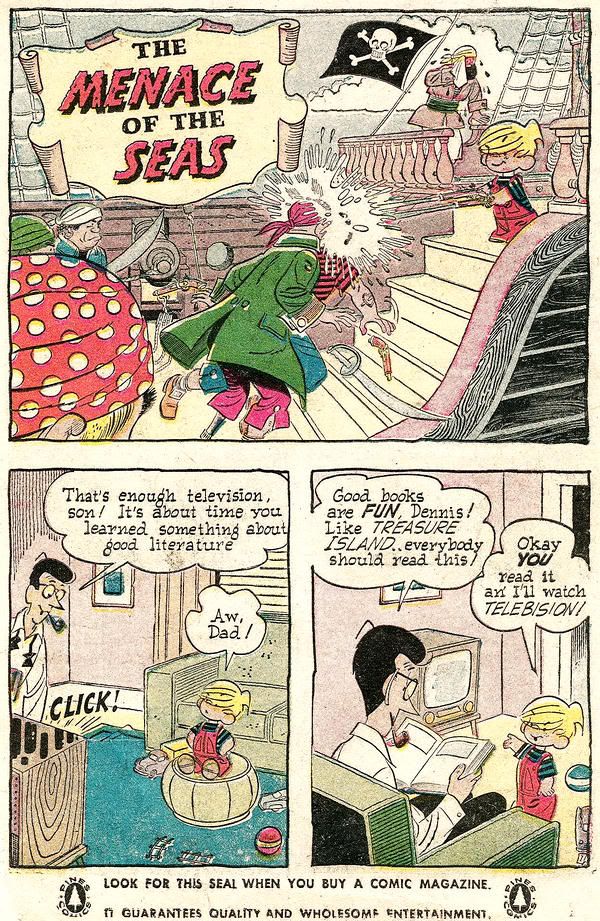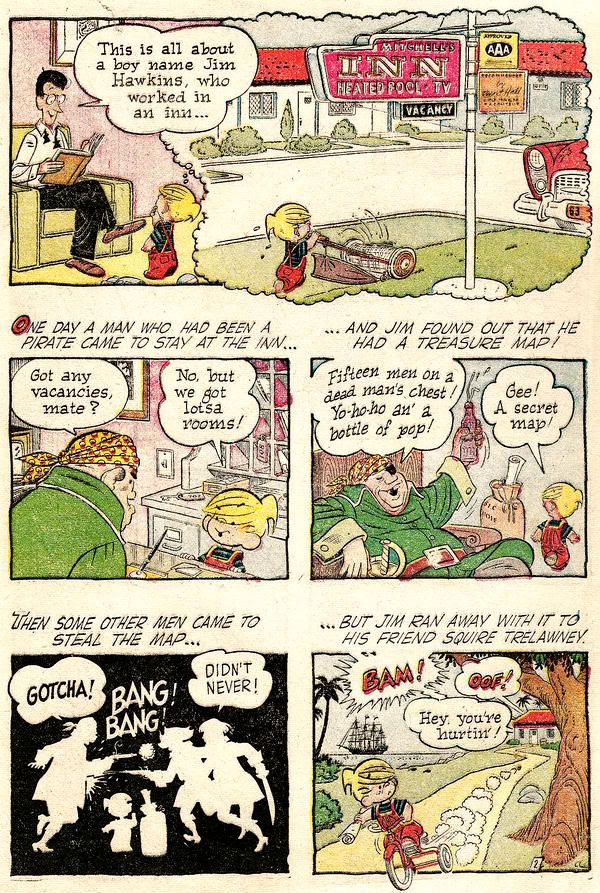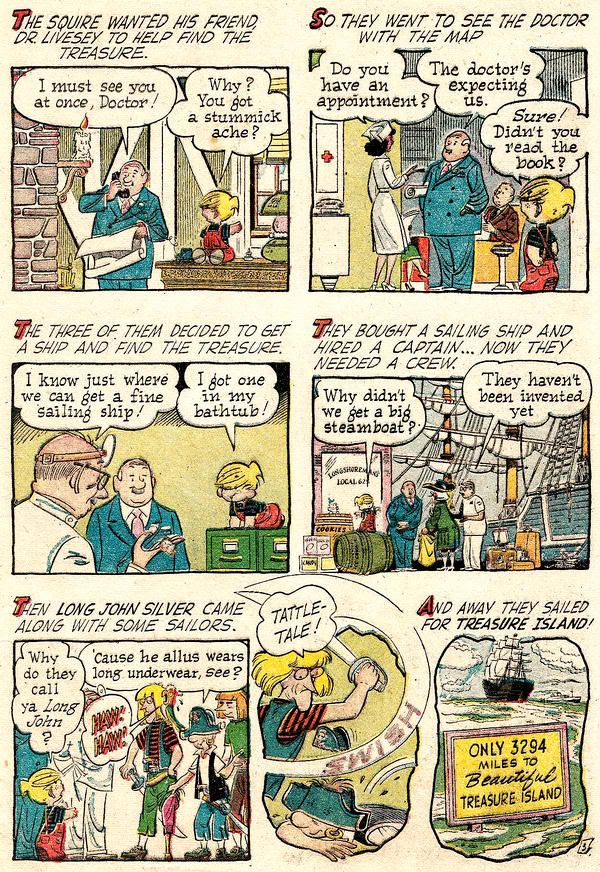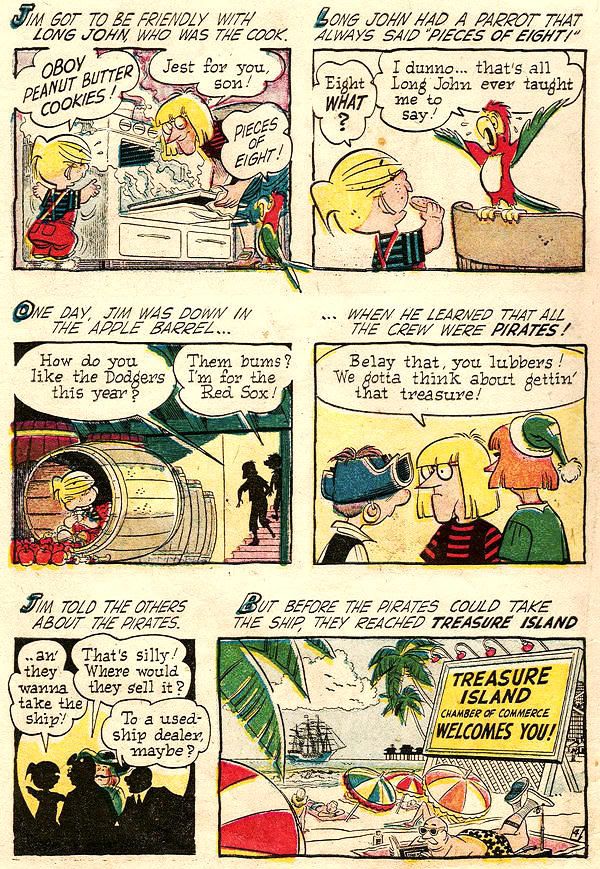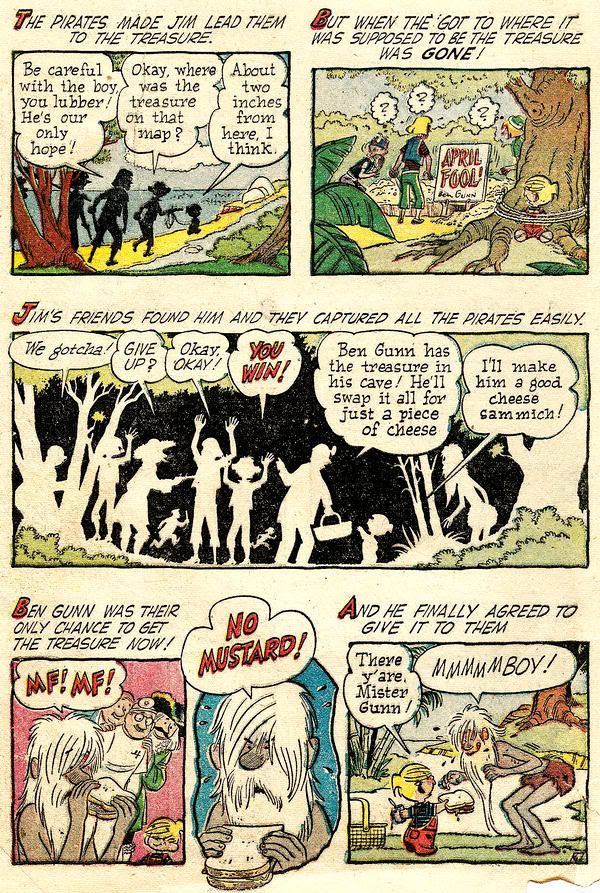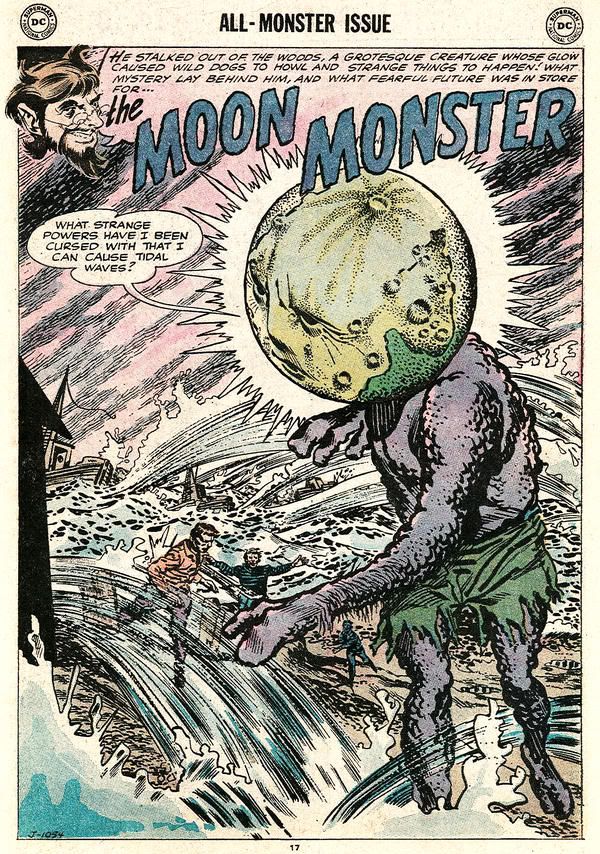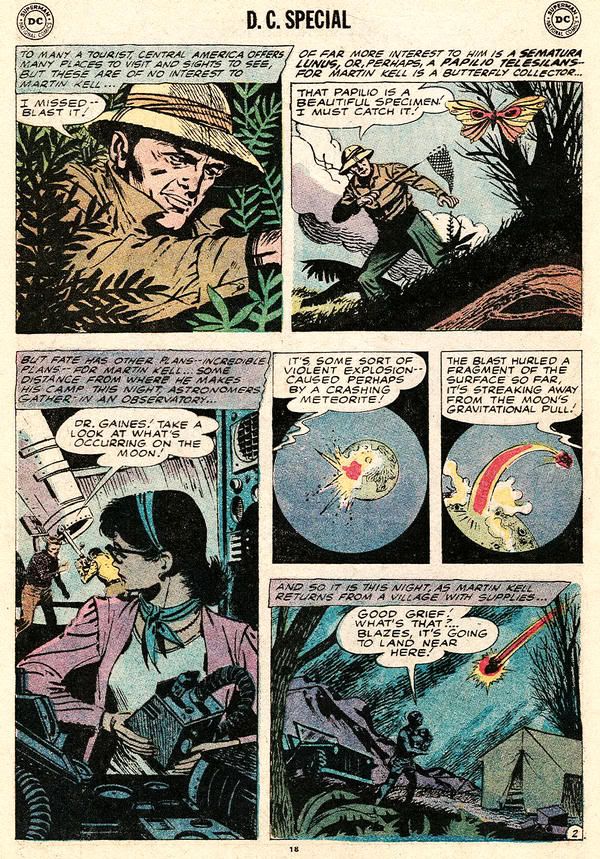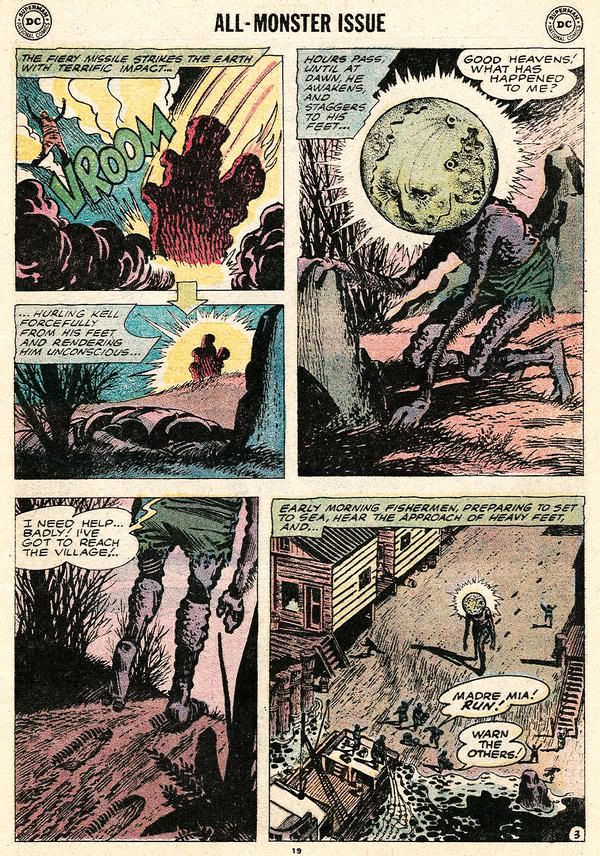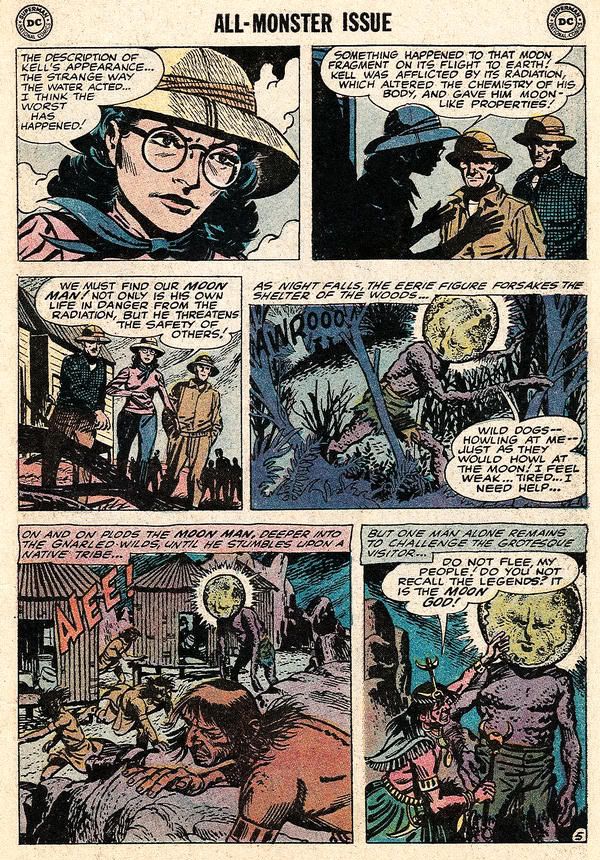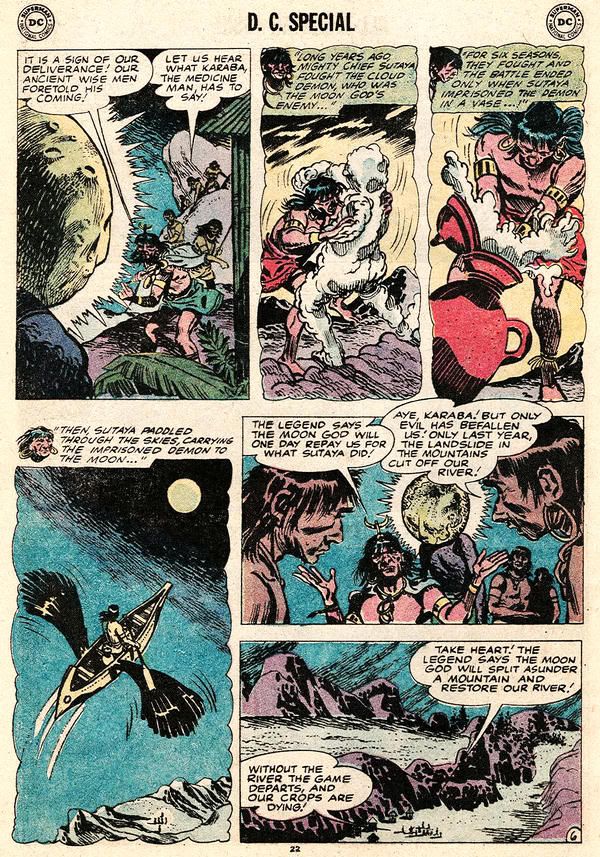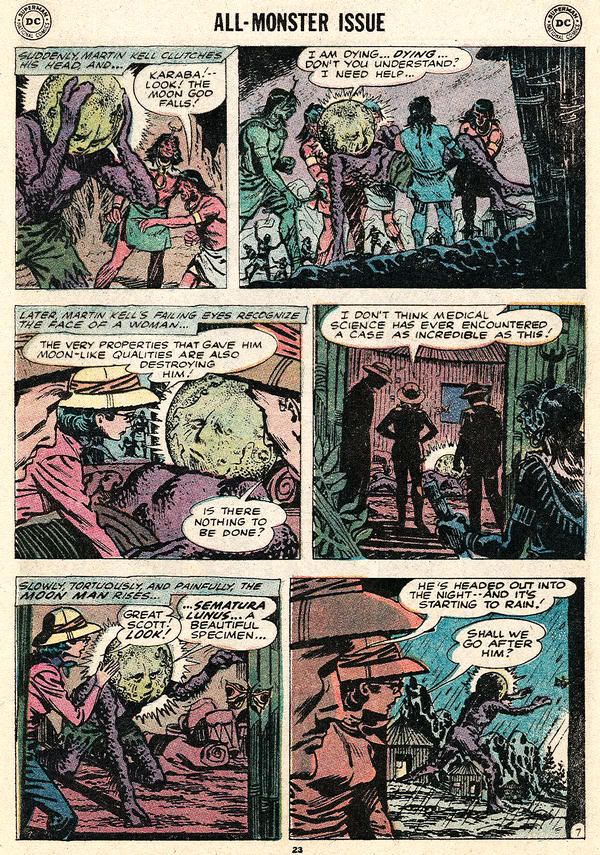 [Contains spoilers for Countdown to Final Crisis Volume 3]
[Contains spoilers for Countdown to Final Crisis Volume 3]There's a point, about five issues in to Countdown to Final Crisis Volume 3, where this book gets pretty good. It's a shame, to be sure, that it took almost thirty issues to get there, but in this volume, finally, Countdown to Final Crisis shows a little heft.
This volume of Countdown starts off with some of the same problems as previous. The story begins with a gratuitous Firestorm cameo that's completely out of the blue and hardly explained, making it hard to care about the character; Mary Marvel continues to flit angrily from location to location in a storyline grown far beyond repetitive. There's also almost an entire issue dedicated to Superman-Prime torturing Mxyzptlk, with absolutely no bearing on the rest of the story. The lack of real character connection and motion to the plots plagued Countdown through much of the first two volumes, and in the beginning I feared the same would be true here.
At the same time, it's clear that the writing and art team has a much stronger presence in this book right from the beginning. The issues seem more targeted, following one character through a greater extent of the chapter; Keith Giffen's drafting also comes through stronger, more like 52, with sometimes six- or eight-panels per page. And the lineup of artists involved in this volume is nothing short of astounding: Jamal Igle, Jesus Saiz, Pete Woods, Scott Kolins, Ron Lim -- even JLA's Howard Porter provides art for an issue. There's a different tone here, such to suggest that Countdown has changed.
Maybe it's the three pages of the Pied Piper, bereft of the Trickster, contemplating his own impeding death -- and the way in which his situation gets increasingly dire as he heads out into the desert. Maybe it's the surprisingly moving meeting between the Earth-51 Batman and Jason Todd (the meeting that one imagines Bruce and Jason might've had the first time around, had the latter not been trying to kill the former), which leads into a couple issues where Jason is, maybe for the first time, an actually likable character. Maybe it's the epic, expansive multi-front war between the Monitors, Monarch, Superman-Prime, and the Challengers of the Beyond that ends this volume. Whatever it is, Countdown takes a sudden giant turn in character and content, and the book just keeps rising from there.
One difficulty with Countdown is that there's so much inherit mystery, whether necessary or unnecessary, that it's hard to care when you don't really know what's going on. We've seen hints before that Athena is really Granny Goodness, but when it's revealed -- and Holly and Harley Quinn meet the real Amazonian queen Hippolyta -- the story takes a great leap forward. I look forward to the final volume, where perhaps the revelation of more mysteries might reveal the book further.
[Contains full covers, "What Came Before" text pages.]
We'll follow the threads of Countdown now to Countdown: Arena. Come along!

